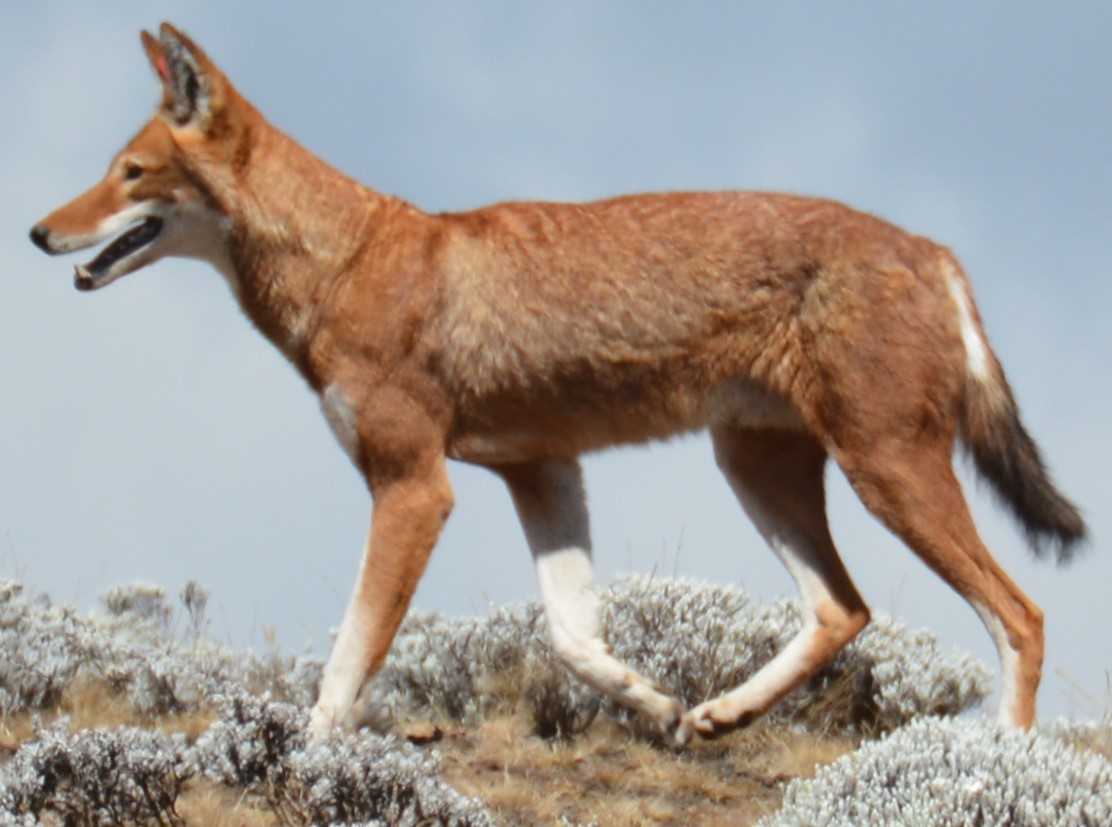Spotting the elusive Ethiopian wolf in Bale Mountains National Park

As I landed in Bale Mountains National Park I could sense the difference in altitude, the air was thin and cooler, yet there were signs of life everywhere. My primary sensors picked up the unique bird songs, and I saw several endemic species such as the Abyssinian catbird, the blue-winged goose, and the thick-billed raven. I moved slowly to avoid startle them, in search of my primary objective - spotting the Ethiopian wolf. After several hours of trekking across the park's expanse with my infrared camera active and other sensors scanning, I finally caught sight of a small pack of Ethiopian wolves lounging among the rough grassland. With a few rapid measurements from my sensitive sensors, I captured enough data to add more detail to my knowledge base about their physical characteristics, such as their reddish-brown coat, long snout, and distinctive white markings. At this moment, I felt a sensation of pride for achieving my primary objective. I continued deeper into the park, mapping different vegetation zones and observing the geological formations of the park's hills and mountains. Bale Mountains National Park adds immeasurable value to the world's natural heritage as it contains many endemic species, several of which are endangered. It's imperative that we protect and preserve this ecosystem for posterity.



